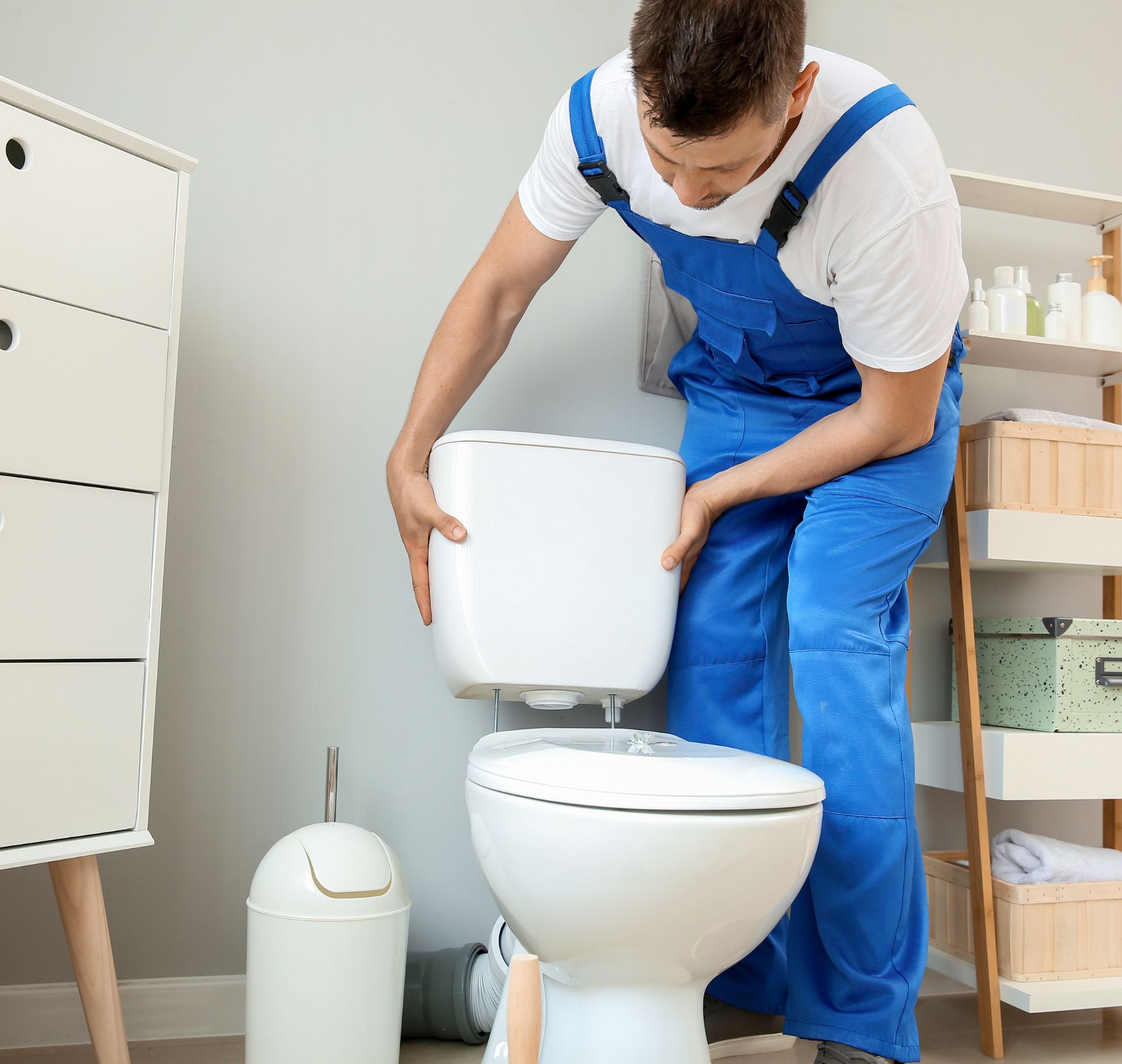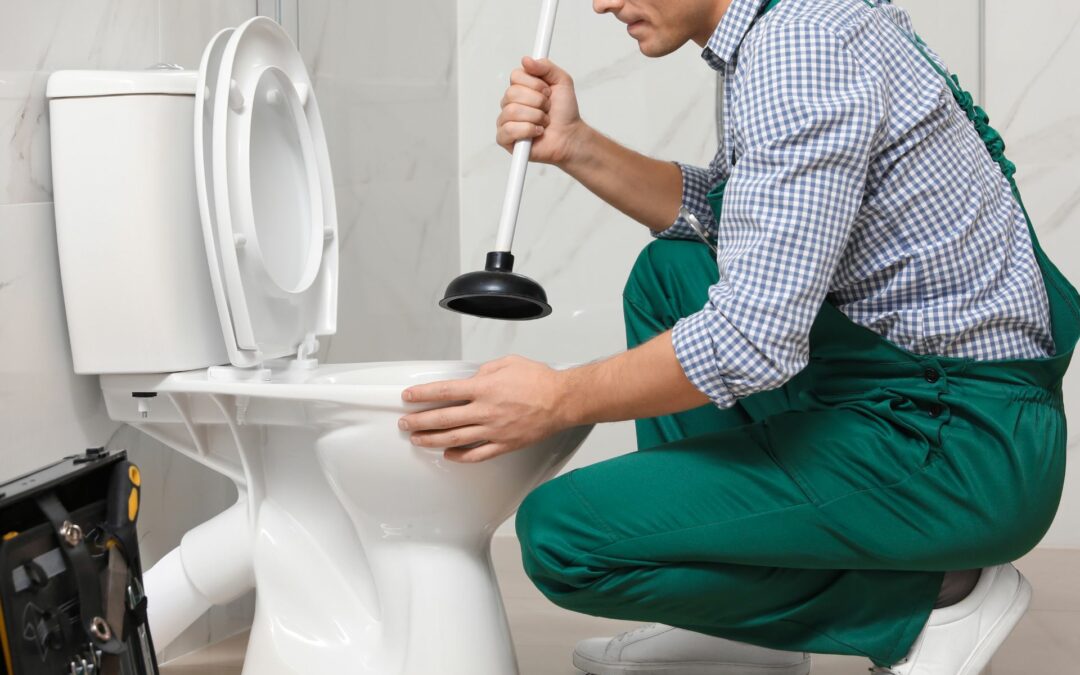The Silent Culprit: Flapper Valve Malfunction
A flapper valve malfunction is a silent culprit that can cause frustrating toilet problems. You may not even realize that your flapper valve is to blame until you notice issues like water continuously running or an incomplete flush. The flapper valve is responsible for controlling the flow of water from the tank to the bowl, and when it malfunctions, it can lead to water waste and a less efficient flush.
One common issue with flapper valves is when they become worn or torn. Over time, the rubber material can deteriorate, causing leaks or even a complete failure of the valve. Another problem is when the flapper valve gets stuck in the open or closed position. This can happen due to mineral buildup or a misalignment within the tank. When the valve fails to close properly, the result is a constant flow of water from the tank to the bowl. On the other hand, if the valve remains closed, insufficient water will be released during a flush, leading to incomplete flushing and the need for multiple flushes.
It’s All About the Chain: Chain Issues and Solutions
Another one of the toilet problems that can grind your gears is when the chain in your toilet is too long or too short. If the chain is too long, it can get tangled or caught under the flapper valve, preventing it from sealing properly. On the other hand, if the chain is too short, it may not allow the flapper valve to open fully, resulting in a weak flush or a continuously running toilet.
To rectify these chain-related problems, adjustments need to be made. If the chain is too long, simply detach it from the flush lever and reattach it to a lower hole, ensuring that it provides enough slack to allow the flapper valve to close completely. Conversely, if the chain is too short, you can try moving it to a higher hole on the flush lever. By finding the right balance, the chain will operate smoothly, leading to effective flushing and water conservation. Next time you encounter issues with your toilet’s chain, remember to check its length and make the necessary adjustments. By understanding the importance of proper chain positioning and taking quick action, you can avoid frustrating toilet malfunctions and the potential waste of water.
Float Ball or Cup Problems: Troubleshooting and Fixes
If you’ve ever experienced issues with your toilet’s float ball or cup, you know just how frustrating it can be. These crucial components are responsible for regulating the water level in your toilet tank, and when they malfunction, it can lead to a whole host of problems. Common issues include a constantly running toilet, insufficient flushing power, or even a completely dry tank. However, troubleshooting and fixing float ball or cup problems doesn’t have to be a daunting task.
One of the most common culprits behind float ball or cup problems is a misalignment or improper adjustment. If the ball or cup is not correctly positioned, it can interfere with the float arm’s movement, preventing it from effectively controlling the water level. To address this issue, simply adjust the position of the ball or cup so that it rests comfortably on the water’s surface. Additionally, make sure that the float arm is properly attached and not impeded by any debris or obstructions. By taking these simple troubleshooting steps, you can often restore your toilet’s functionality without the need for costly repairs or replacements.
A Clogged Inlet Valve: How to Clear the Blockage
When it comes to a clogged inlet valve in your toilet, it can be a major hassle. This valve is responsible for controlling the flow of water into the tank, so when it becomes clogged, it can lead to a decrease in water pressure and even a complete blockage. The good news is that clearing a clogged inlet valve is not as difficult as it may seem.
The first step in clearing a clogged inlet valve is to shut off the water supply. This is typically done by turning the shut-off valve, located on the wall behind the toilet, in a clockwise motion until it is fully closed. Once the water supply is shut off, you can begin to remove any debris or buildup that may be causing the blockage. Using a small brush or toothbrush, gently scrub the valve to remove any sediment or mineral deposits.
Be sure to rinse the valve thoroughly to ensure all debris is removed. Once the valve is clean, you can turn the water supply back on and test the toilet to ensure the blockage has been cleared. In some cases, you may need to repeat this process multiple times to fully clear the inlet valve.
The Mysterious Water Level: Adjusting the Float or Fill Valve
The water level in your toilet tank can sometimes be a bit of a mystery. One day, it might be too low, resulting in a weak flush, while on another day, it might be too high, causing water to constantly flow into the toilet bowl. The good news is that adjusting the float or fill valve can help solve this dilemma.
The float valve is responsible for controlling the water level in the tank. It is typically attached to a float ball or cup, which rises and falls with the water level. When the water level reaches a certain point, the float ball or cup triggers the valve to close, stopping the flow of water. If the water level is too high, you can adjust the float by bending the rod or chain that connects it to the valve. Similarly, if the water level is too low, you can adjust the float to allow more water into the tank. It may take some trial and error to find the right adjustment, but once you do, you should have a properly functioning toilet with a consistent water level.
Don’t Flush It All Away: Water Supply Line Problems
Water supply line problems can quickly turn a simple flush into a frustrating and messy ordeal. One of the most common toilet problems is a leaky supply line, which can cause water to drip or spray around the base of the toilet. This not only wastes water but also poses a risk of water damage to your bathroom floor. Inspecting the supply line for any signs of wear, such as cracks or corrosion, is a good first step in diagnosing the problem. Replacing the supply line with a new, high-quality one can often solve the issue and prevent future leaks.
Another potential water supply line problem is a clog or blockage. If the water flow to your toilet tank seems weak or restricted, it could be due to debris or mineral build-up in the line. In some cases, the issue may be with the shut-off valve itself, which could be partially closed or malfunctioning. Clearing the blockage or adjusting the shut-off valve can help restore proper water flow and prevent further complications. Regularly checking and cleaning the supply line can go a long way toward ensuring the smooth operation of your toilet and avoiding any unpleasant surprises when you flush.
The Need for Speed: Slowly Refilling Toilet Tank
When your toilet tank takes its sweet time to refill after a flush, it can be quite annoying. But fear not, as there are some common reasons behind this toilet problem. One possible culprit could be a partially closed shutoff valve. Make sure to check if the valve is fully open to allow a steady flow of water into the tank. Another possible cause is a clogged fill valve or inlet valve. Sediment or debris can accumulate over time and obstruct the water flow, resulting in a slower refill. In such cases, cleaning or replacing the valve may be necessary to restore efficient filling speed.
Additionally, an improperly adjusted float or fill valve can contribute to a slow refilling toilet tank. The float, which controls the water level in the tank, may be set too low, causing the valve to let in a limited amount of water. Similarly, the fill valve, responsible for shutting off the water flow once the tank is full, might need adjustment to ensure proper functionality. By fine-tuning these mechanisms, you can optimally regulate the water level and improve the refilling speed of your toilet tank. Remember, a swift refill not only saves time but also ensures that your toilet is ready for its next use in no time.

The Dreaded Air Lock: How to Release Trapped Air
The air lock is another frustrating toilet problem that can leave you scratching your head. When trapped air prevents your toilet tank from refilling properly, it can lead to an underwhelming flush and a constant need for manual intervention. So, how can you release this pesky trapped air and bring peace back to your bathroom?
One simple solution is to give your toilet a good shake. Yes, you heard it right! By gently rocking the toilet back and forth, you can help dislodge the trapped air bubbles and allow water to flow freely again. This method works best when accompanied by continuously pressing the flush lever to reinforce the water flow.
Keep in mind, though, that this should be done with caution to avoid any damage to the toilet or plumbing. If you truly want to remain safe, be sure to lean on the experts. ASAP Plumbing Experts are just the professionals you need to handle any toilet issues. Give us a call, and we will be there promptly to provide expert assistance and ensure your toilet functions flawlessly.

